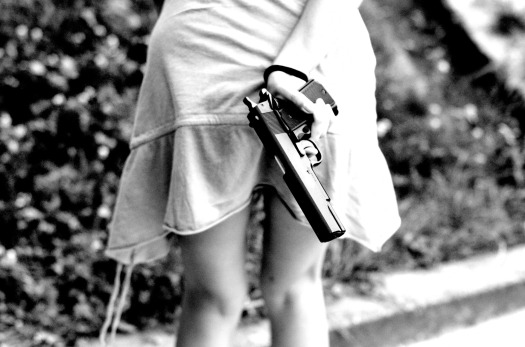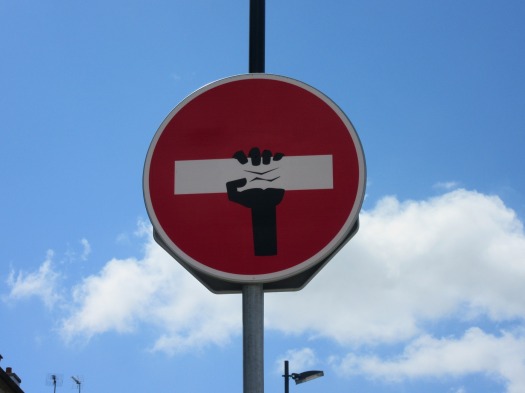
It sounds like you’ve put a lot of effort into writing realistic injuries for your characters! But keep in mind that it’s always important to maintain accuracy even if you haven’t been exposed or know somebody who’s been exposed to the actual injuries themselves (Attacked by a firebreathing Dragon)
So how do we keep your story believable? Reputable sources (ie: cough cough) or professional medical advice if you’re exposed to it but more importantly, stay safe! even in the world of fiction.
Disclaimer: The following material is meant for advice on fictional matters and is not meant to offer medical advice in any way, shape or form. If in need of one, please contact a medical professional.
Head Injury

You’ve outlined the immediate effects of a head injury well. When writing about these symptoms, it’s important to capture the character’s experience realistically. For example:
First contact: As the sword connected with his head, John’s world tilted. His vision swam, and a rush of disorientation engulfed him. He staggered, clutching at nearby furniture for support, but the room seemed to spin around him.
Nausea: Within minutes, nausea churned in his stomach, threatening to overwhelm him. Each movement intensified the queasiness, and he fought to keep his dinner down.
Headache: A pounding headache pulsed through his skull, every beat sending waves of pain shooting through his temples. He winced as even the dimmest light stabbed into his eyes, and the faintest noise echoed like thunder in his ears.
Sensitivity to light or sound: “John, are you alright?” Sarah’s voice pierced through the haze of confusion that clouded his mind. He struggled to form a coherent response, his thoughts muddled and disjointed.
Confusion: Memories slipped through his grasp like water, leaving behind only fragments of what had just happened. He blinked, trying to piece together the events leading up to the blow, but it was like grasping at wisps of smoke.
By vividly describing these symptoms, you can immerse readers in the character’s experience and convey the severity of the injury.
Injuries via weaponry

Sword Fighting Artillery
By vividly describing these symptoms, you can immerse readers in the character’s experience and convey the severity of the injury.
Cuts and Slashes: A sword’s edge can slice through flesh. Describe the stinging, burning sensation.
Adrenaline: You might end up saying this a lot throughout, but sometimes adrenaline stops you from really feeling the true extent of your injuries or keeps you powering through.
Stab Wounds: Immediate, searing agony.
Bruising: Swords aren’t exactly gentle; they can leave massive, dark bruises even through armour.
Fainting from Blood Loss: If your character takes a nasty hit, they might experience that classic movie moment of a dramatic faint from blood loss or…
Impalement: In some cases, a combatant may be impaled by their opponent’s sword. This can be a life-threatening injury, depending on where and how deeply the sword penetrates, resulting in…
Infection: After sustaining a sword injury, infection can set in if the wound is not properly cleaned and cared for, especially in historical settings where knowledge of sanitation and infection control is limited.
Gunfight Injuries

Entry and Exit Wounds: If the bullet doesn’t stop, it can create both an entry and an exit wound. The exit wound can be larger and messier.
Nerve Damage: They might suffer nerve damage, leading to a numbing, burning sensation in the affected area.
Fractured Bones: A gunshot can break bones, adding an extra layer of pain to the mix. (Refer to Broken bones for more on bone injuries)
Bleeding: Gunshot wounds often result in significant bleeding, especially if major blood vessels are damaged Shock: After being shot, shock can set in. Your character might become clammy, dizzy, and disoriented.
Trajectory: The trajectory of the bullet can determine the path it takes through the body, which can affect the damage it causes. For instance, a bullet that strikes a bone may fragment and cause more extensive injuries. Long-Term Consequences: Don’t forget the emotional trauma, scars, and potential lasting disabilities that come with getting shot. – description
Knife Related Injuries

Adrenaline: As mentioned before, you may not realise the true extent of your injuries until after the fight due to the adrenaline that keeps you powering through.
Stab Wounds: In knife fights, stab wounds are common. These can range from superficial punctures to deep, life-threatening wounds depending on the force and location of the stab. Slash Wounds:
Knife fights can also result in slash wounds. These can vary in severity, from minor cuts to deep gashes that may cause significant bleeding.
Areas: The location of the knife wounds can impact the severity and consequences. Knife wounds to vital areas like the neck, chest, or abdomen can be life-threatening, while wounds to limbs may lead to less immediate danger.
Defensive Injuries: Characters involved in a knife fight may also sustain defensive injuries as they attempt to protect themselves. These may include cuts and abrasions on the hands and forearms.
Nerve Damage: If the blade nicks a nerve, your character might experience searing pain, tingling, or even numbness.
Scarring & Shock: Don’t forget the scars they’ll carry as battle souvenirs – a reminder of their knife-fighting escapade. After the fight, shock can set in, causing your character to go clammy, shaky, and disoriented.
!It may be scary and gory but essential for realism with more use of one then the other depending on context and genre. Because even the most timid of books have secrets of their own.

